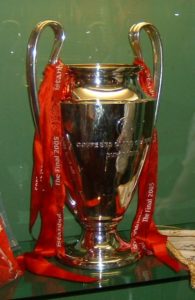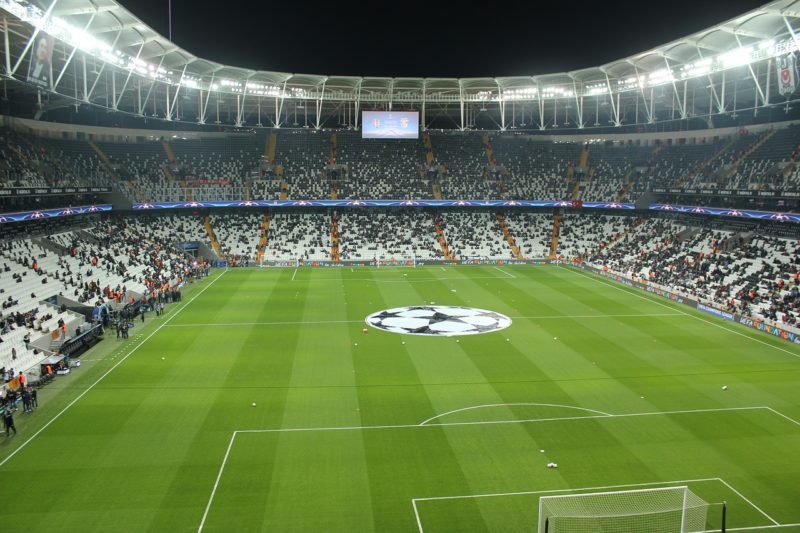Once a year, the best and the finest teams in Europe come together to compete in the UEFA Champions League. The 64-year-old competition serves to find out who the best team in Europe is. Is it grand? Yes. Is it spectacular? Absolutely, because it is one of the most prestigious football competitions in the world. If you’ve ever wondered why every football fan goes berserk come June, this is the reason. It as prestigious as the biggest horse racing event with its Royal Ascot offers, so it’s not a surprise it has so many fans (if you’re into horse racing, click here to find out more about it).
Curiously enough, it started as a simple knockout tournament with a different name – the European Champion Clubs’ Cup. Since then, however, it has modified its format and even allowed multiple teams from the same country to compete. Though it is over 60 years old, there have only been 22 winners, with Real Madrid holding the top spot with 13 titles, though the current champion is Liverpool.
Without further ado, we should focus our attention on the history of this tournament and the way the teams compete with one another. So, let us begin.
History

This wasn’t the first football tournament for the people of Europe. Before UEFA Champions League, there was the Mitropa Cup in 1927, which modeled its format according to another tournament for the teams in the Austro-Hungarian Empire, the Challenge Cup. The first official attempt to make a tournament for all of the European teams was the Coupe des Nations, but the tournament that would later become the famous UCL started in 1955 in Paris, France, under the name the European Champion Clubs’ Cup.
The first time this tournament was held, there were 16 teams participating. The first winner of the UCL and the team that would hold this title for 5 years in a row was Real Madrid. In 1960, Real Madrid was knocked out of the competition by their long-standing nemesis, Barcelona. However, Barcelona wasn’t fortunate enough to win the Champions League. That honour went to Benfica from Portugal.
The Format of the Tournament

There are several prestigious national leagues that are almost guaranteed a spot in the tournament. However, there is a qualifying round for other participants. 32 teams go through the famous round-robin in order to determine who is worthy of competing. If your team competed in La Liga, Bundesliga, Serie A, or another tournament at that level, they are given an advantage over the other teams.
In 2005, both Liverpool and Artmedia Bratislava made history when they became the first teams that managed to pull through all three rounds of the qualifying stage of the competition. Unfortunately, neither of them won – Barcelona strikes again.
The 32 teams are separated into 8 groups. To make things fair, if a country has multiple entries, the clubs from the same country are not put into the same group. Imagine working hard to enter the qualification, only to be told you have to defeat your fellow countrymen in order to compete in the first place.

The winners and the runner-ups progress to the next stage in the competition. Again, teams from the same football association are granted immunity from their own rivals within the country. They are not so lucky in the quarter-finals, however. To break the tie, away goals hold more value than the home goals. In other words, if the teams have the same score overall, the team that scored more goals away is the winner.
Even if the team makes it only to the quarter-finals, they can be sure it will be worth their while. Over ten million euros is granted to the teams at this position, though the winner, of course, gets a much more alluring prize – € 19,000,000. The prizes are cumulative.



